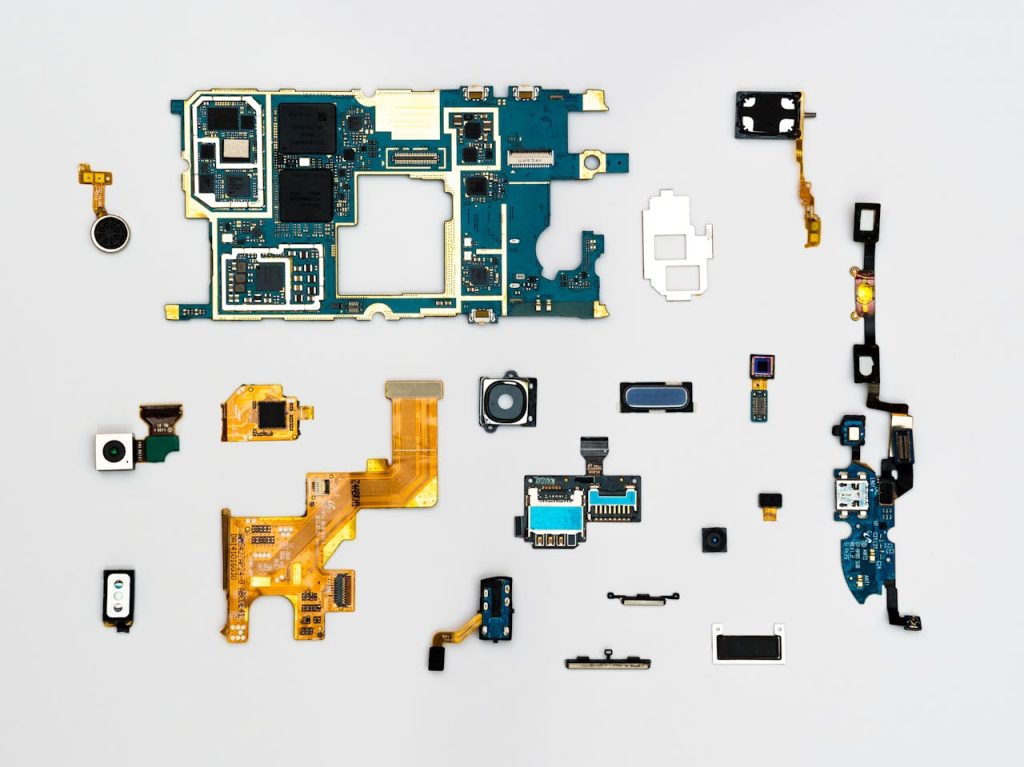The world of electronic devices has undergone a remarkable evolution, transforming the way we communicate, work, and live. From the early days of vacuum tubes to the cutting-edge realm of quantum computing, the advancements in electronic technology have revolutionized every aspect of our lives. In this article, we will take a journey through the history of electronic devices, exploring key milestones and breakthroughs that have shaped the course of technological progress.
1. Vacuum Tubes: The Birth of Electronics
The era of electronic devices began with the invention of the vacuum tube in the early 20th century. Vacuum tubes, also known as thermionic valves, formed the foundation of early electronic systems, including radios, televisions, and computers. These glass-encased components controlled the flow of electric current through a vacuum, enabling amplification and switching functions.
2. Transistors: The Miniaturization Revolution
In the 1940s, the development of transistors marked a significant milestone in the evolution of electronic devices. Transistors replaced bulky and power-consuming vacuum tubes, offering improved performance and reliability in a much smaller form factor. This breakthrough paved the way for the miniaturization of electronic components, leading to the creation of portable devices such as calculators, early computers, and eventually, the birth of the semiconductor industry.
3. Integrated Circuits: The Digital Revolution
The invention of the integrated circuit (IC) in the late 1950s sparked the digital revolution. Integrated circuits combined multiple transistors, resistors, and capacitors onto a single chip of semiconductor material, introducing a new level of complexity and functionality in electronic devices. ICs enabled the development of smaller, more powerful, and energy-efficient devices, including microprocessors, memory chips, and a wide range of digital systems.
4. Microelectronics and Moore’s Law
The field of microelectronics emerged in the 1970s, focusing on the fabrication of miniaturized electronic components and integrated circuits. Moore’s Law, proposed by Gordon Moore, co-founder of Intel, stated that the number of transistors on a chip would double approximately every two years, leading to exponential growth in computational power. This prediction has held true for several decades and has been the driving force behind the continuous improvement and innovation in electronic devices.
5. The Rise of Mobile Devices and the Internet of Things (IoT)
The 21st century witnessed the rapid proliferation of mobile devices and the advent of the Internet of Things (IoT). Smartphones, tablets, and wearable devices became ubiquitous, empowering individuals with instant connectivity, access to information, and a myriad of applications. The IoT revolution expanded the network of interconnected devices, allowing seamless communication and integration between various electronic systems, from home automation to industrial applications.
6. Quantum Computing: Unlocking Revolutionary Potential
As we look toward the future, quantum computing emerges as a promising frontier in electronic device development. Quantum computers leverage the principles of quantum mechanics to perform complex computations at an unprecedented scale. The potential of quantum computing lies in its ability to solve problems that are beyond the reach of classical computers, leading to advancements in fields such as cryptography, drug discovery, optimization, and artificial intelligence.
Conclusion: A Journey of Transformation
The evolution of electronic devices has been a remarkable journey of transformation, driven by scientific breakthroughs, engineering innovations, and the insatiable human quest for progress. From vacuum tubes to quantum computing, each advancement has expanded the possibilities of what electronic devices can achieve. As we continue to push the boundaries of technology, the future holds endless possibilities, promising even greater leaps in the realm of electronic devices and their profound impact on our lives.

